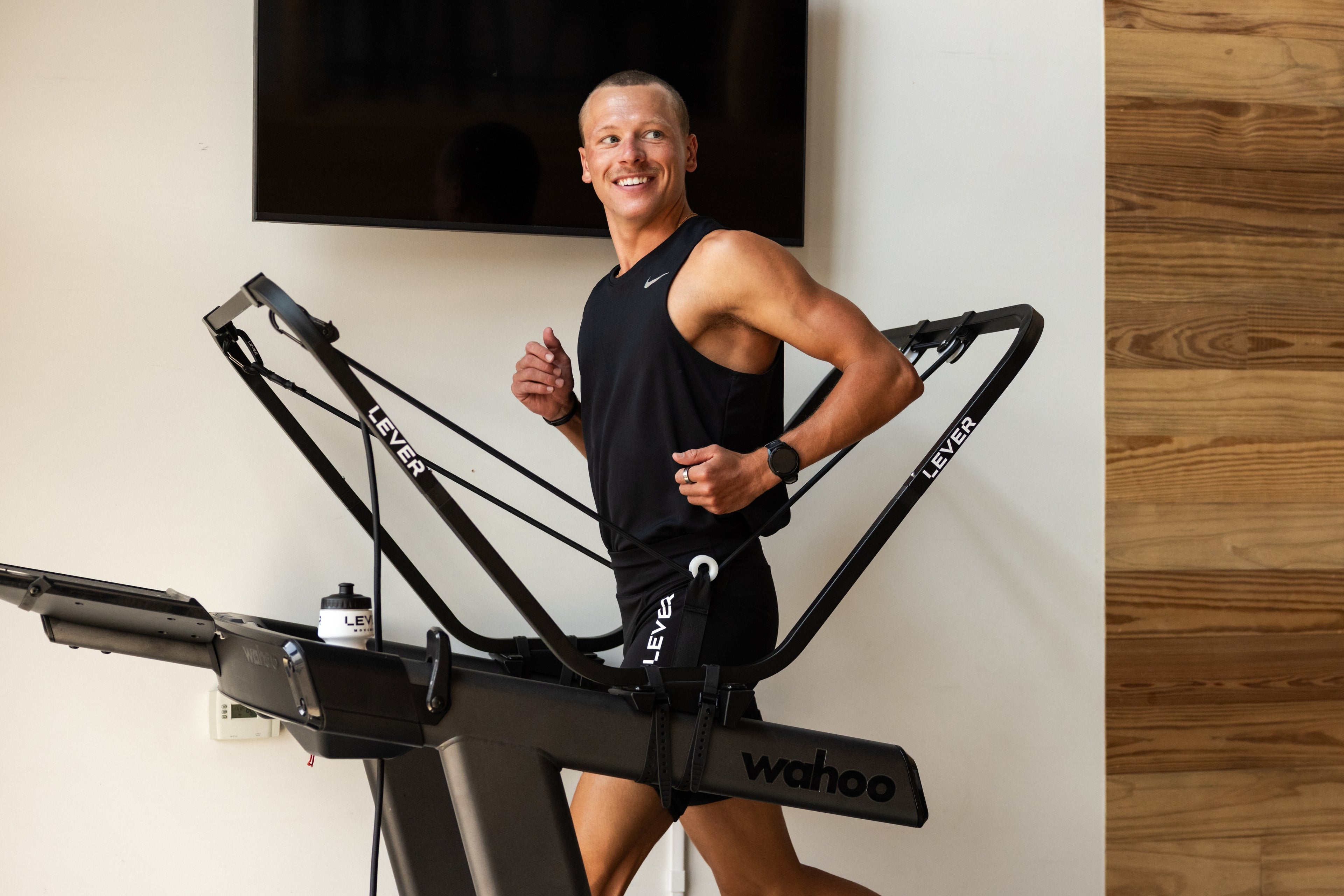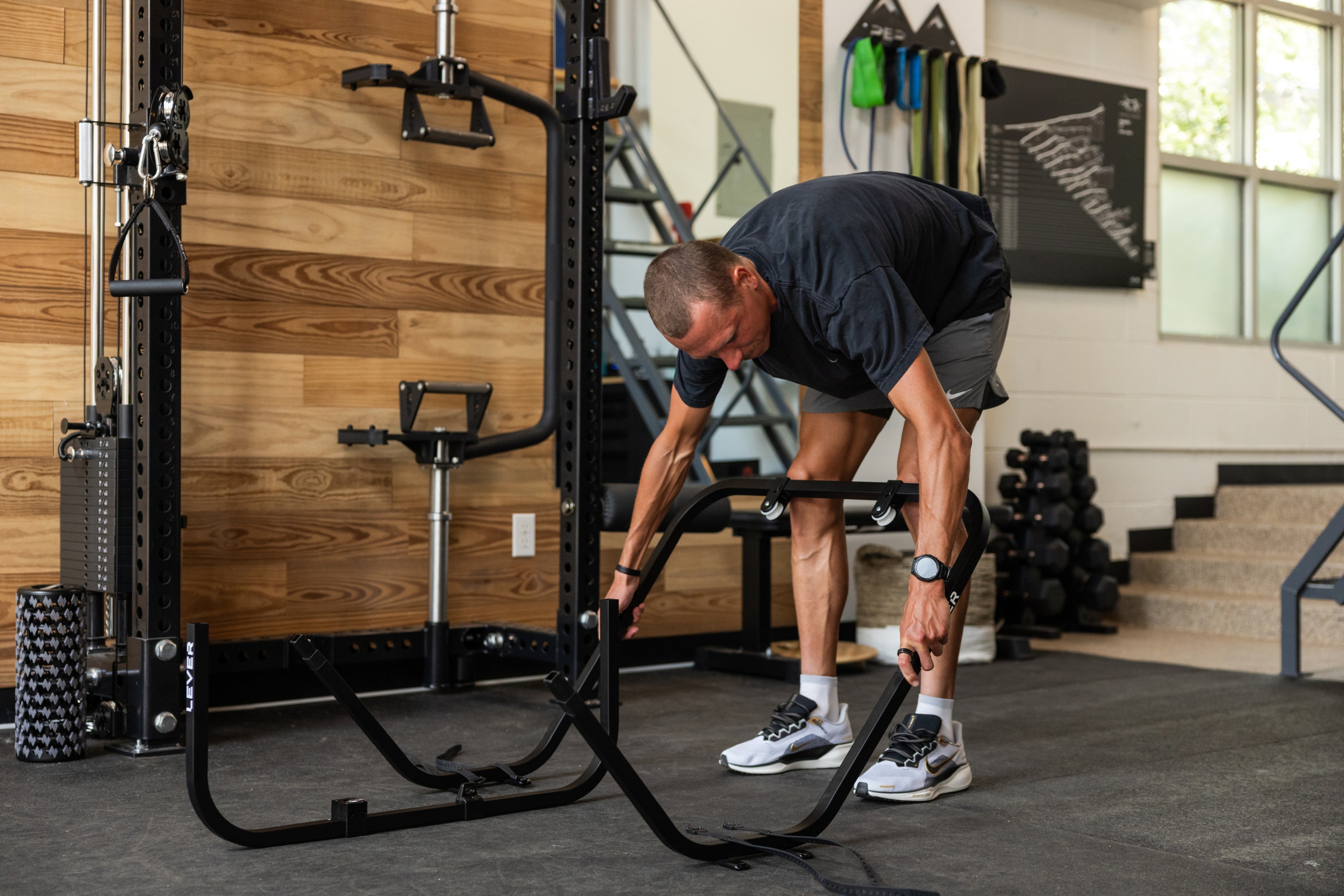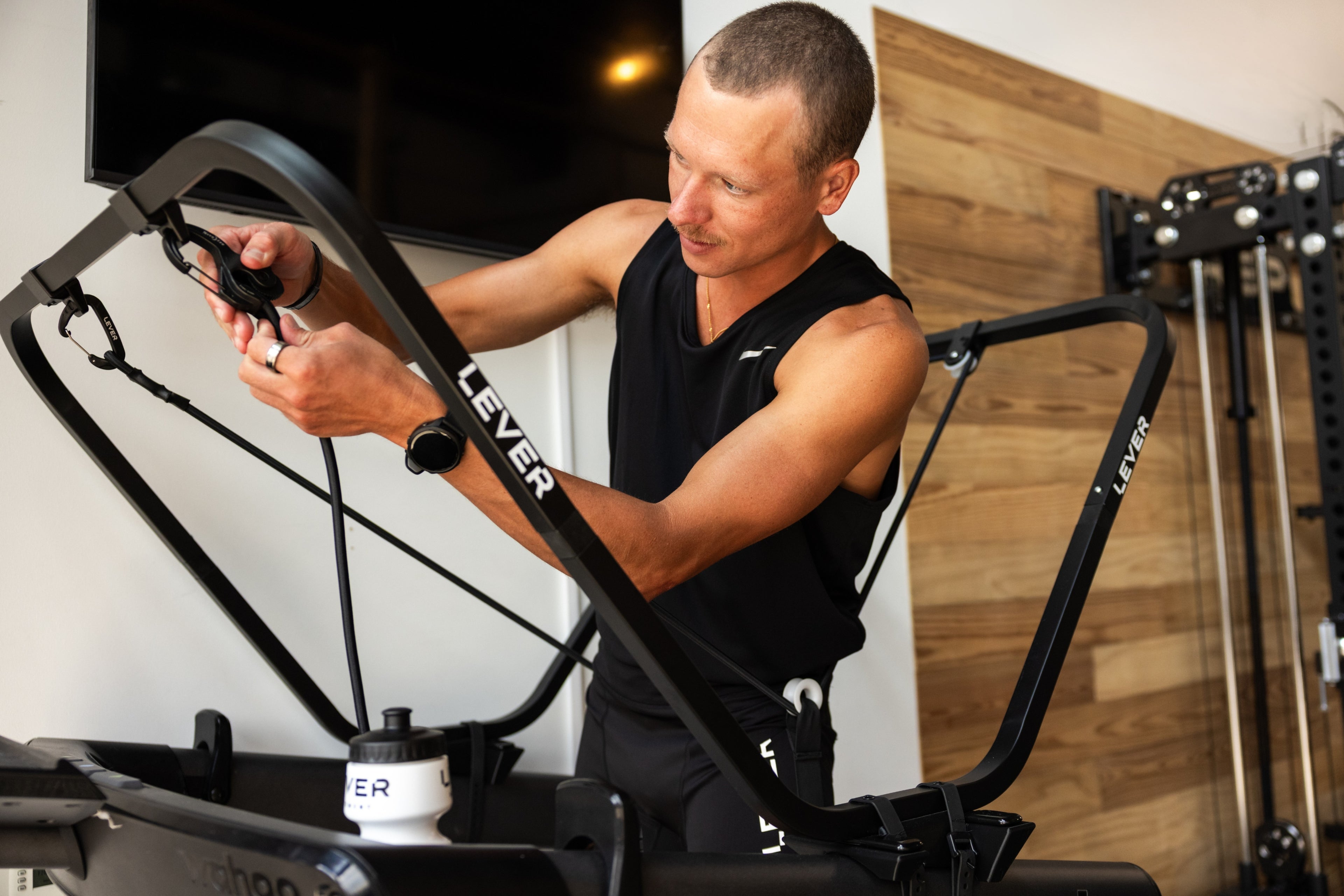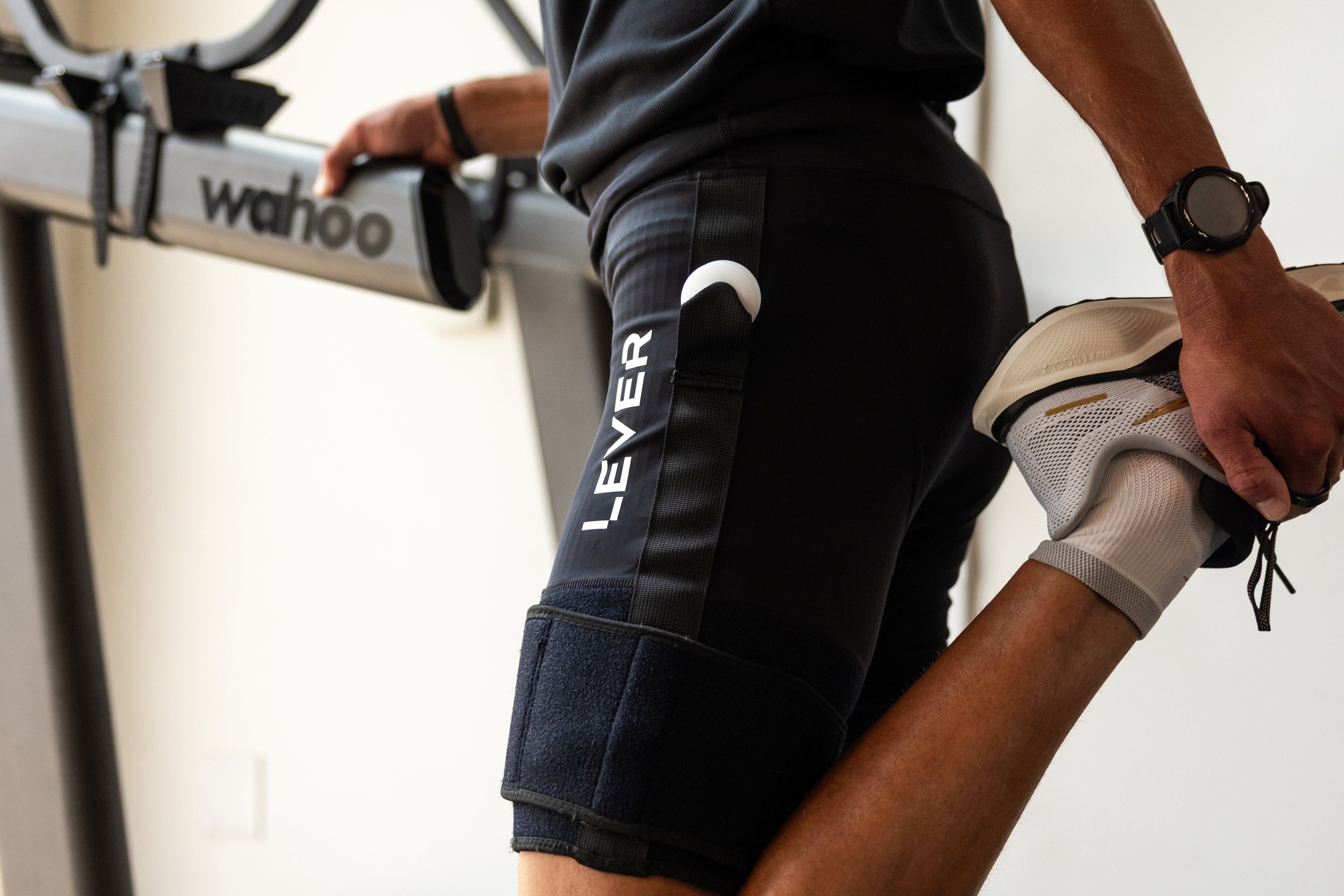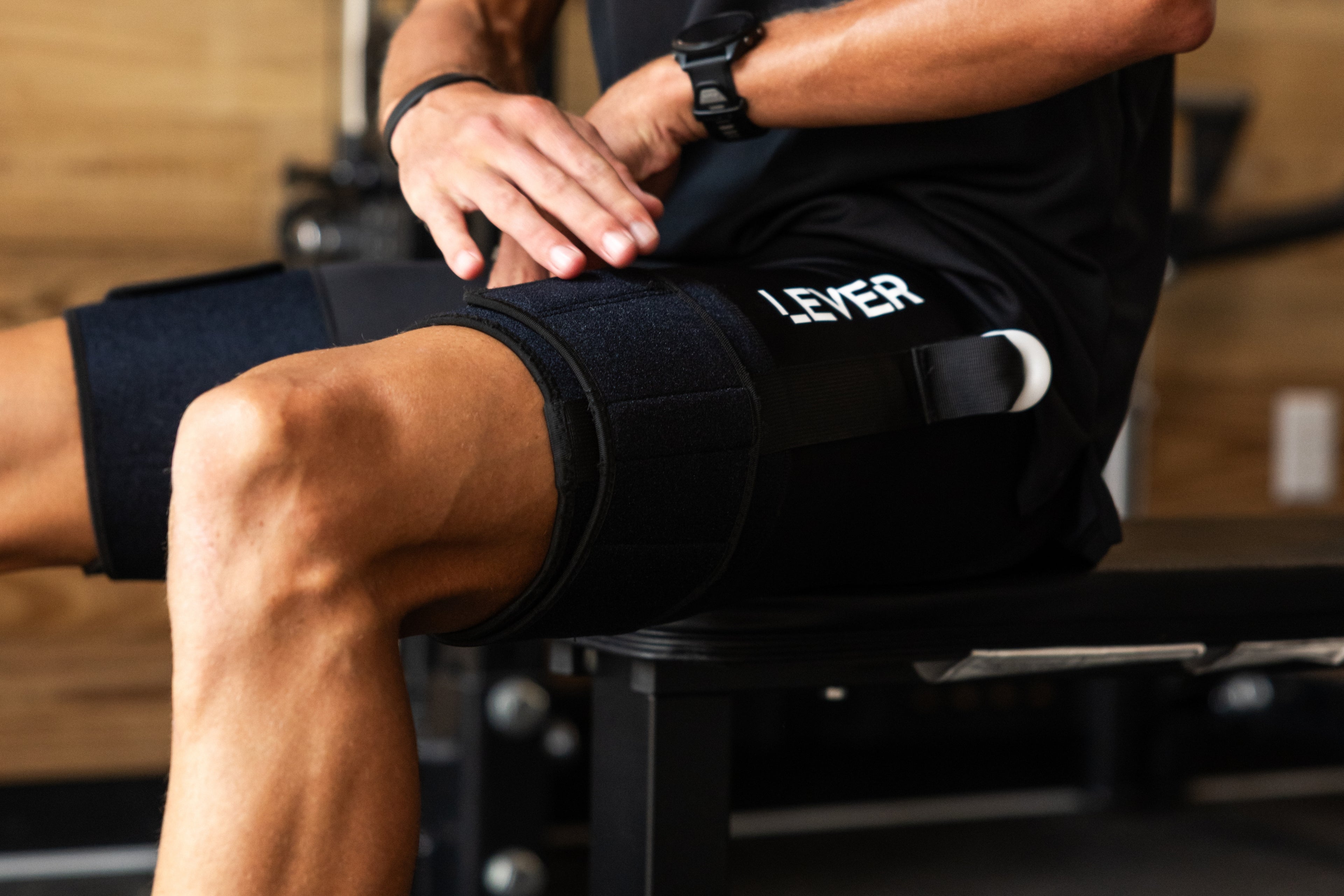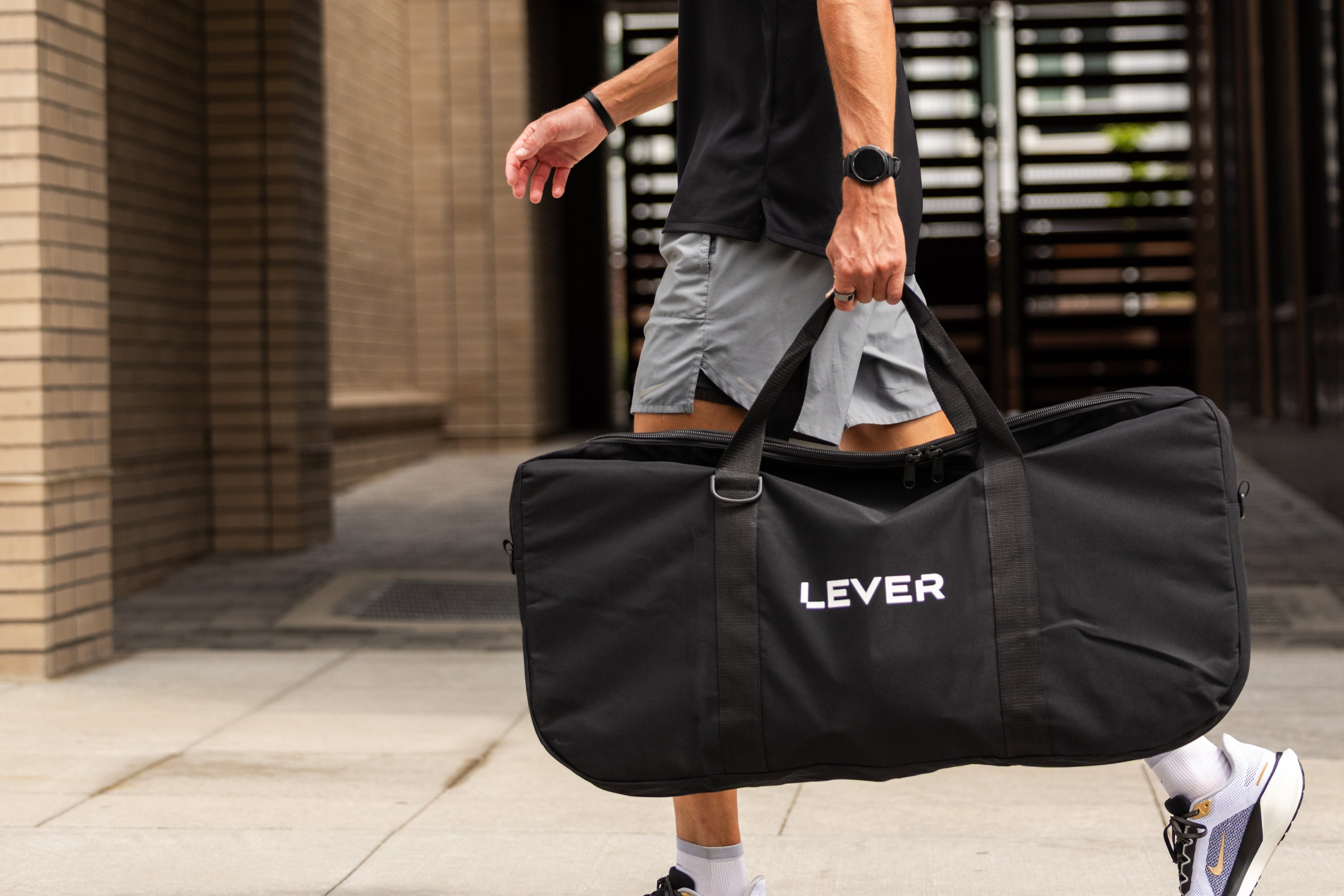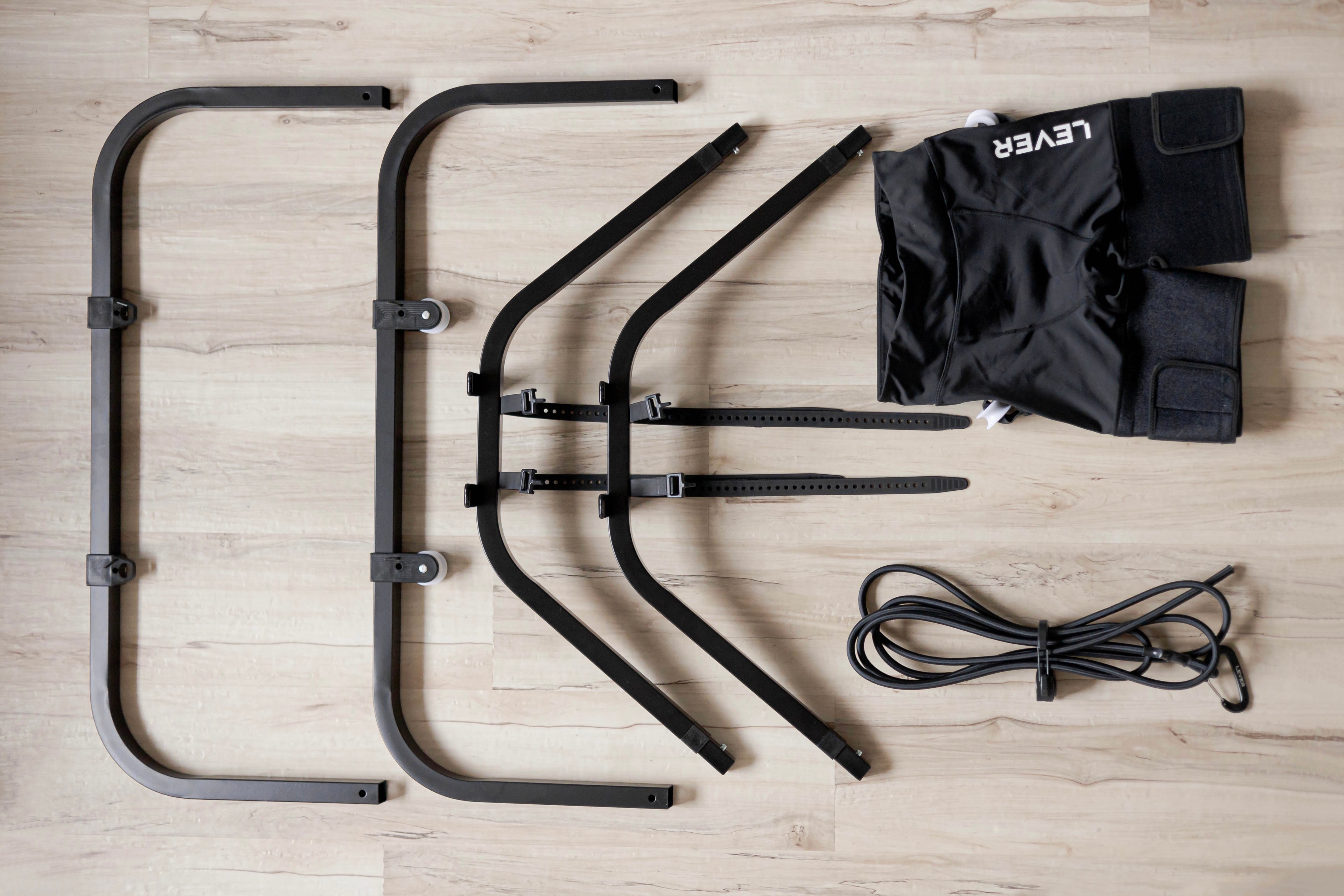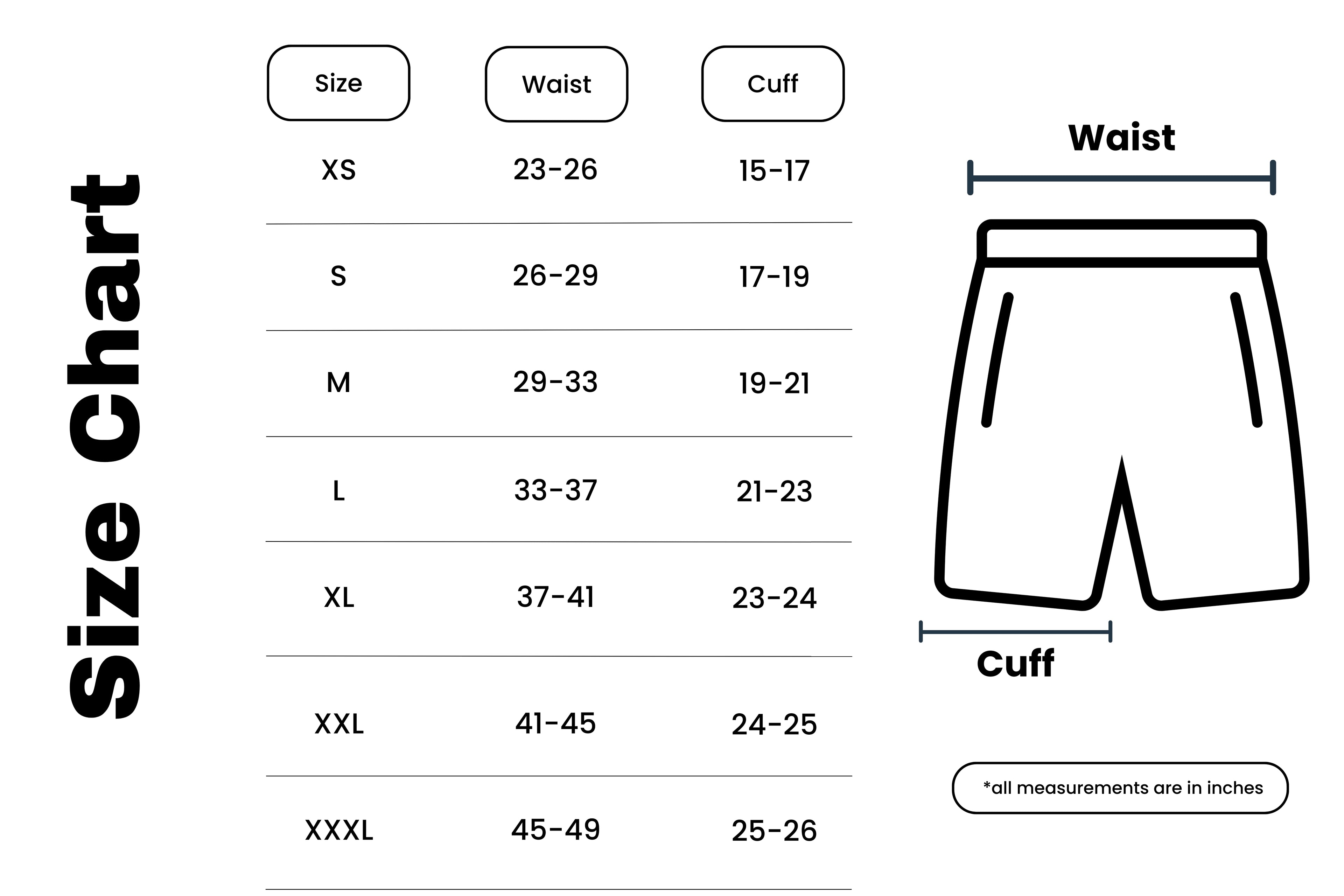Running During Pregnancy: What the Research Says
For many women, running is more than just exercise it’s part of their identity, stress relief, and daily routine. Fortunately, research has shown that, for most healthy pregnancies, running can be both safe and beneficial.
The American College of Obstetricians and Gynecologists (ACOG) supports continued physical activity throughout pregnancy, noting that consistent exercise can:
-
Improve mood and sleep quality
-
Reduce back pain and fatigue
-
Lower the risk of gestational diabetes and preeclampsia
-
Support healthy weight gain
-
Improve cardiovascular fitness and postnatal recovery
However, as pregnancy progresses, hormonal and biomechanical changes like increased relaxin, joint laxity, and changes in posture and center of gravity can make running feel harder and increase stress on the hips, pelvis, and lower back.
Common Challenges Pregnant Runners Face
Even highly trained runners often experience:
-
Pelvic or lower back pain from ligament laxity
-
Increased impact forces on joints as body weight increases
-
Core instability due to stretching abdominal muscles
-
Fatigue and overheating from increased cardiovascular load
These challenges can make it difficult to maintain the same mileage or intensity, but staying active in a modified way can still deliver major health benefits.
Where LEVER Comes In: Supporting Your Stride
The LEVER system offers a practical solution for pregnant runners who want to continue training while minimizing risk. By reducing effective body weight during treadmill running, LEVER helps decrease impact and joint stress allowing women to maintain running fitness without overloading the body.
Here’s how it helps:
-
🦵 Reduces impact forces on the hips, knees, and pelvis
-
🤰 Supports pelvic stability during each stride
-
🫀 Allows safe cardiovascular training without excessive strain
-
🏃♀️ Improves comfort and confidence when returning to running postpartum
Studies on body weight support systems like LEVER have shown that unloading body weight by 10–30% can significantly reduce ground reaction forces and muscle activation demands, making it a safer, lower-impact way to stay active.
*Tips from Amy Haas on running during pregnancy
Guidelines for Running During Pregnancy
Every pregnancy is unique, and runners should always consult with their healthcare provider before continuing or modifying exercise.
Here are some general guidelines:
-
Listen to your body—slow down or stop if you feel pain, dizziness, or contractions.
-
Avoid overheating—run in a cool environment and stay hydrated.
-
Adjust intensity—use effort-based training (like Rate of Perceived Exertion) instead of pace.
-
Prioritize comfort—consider supportive gear like maternity belts or the LEVER system for reduced impact.
-
Focus on consistency over intensity—short, frequent sessions can be more beneficial than long runs.
Returning to Running Postpartum
LEVER can also play a key role after childbirth. The postpartum period brings gradual healing of the pelvic floor, abdominal muscles, and connective tissues. Using LEVER allows new moms to ease back into running safely by incrementally reintroducing load, helping rebuild confidence and strength before full ground running.
Empowering Women to Move with Confidence
Pregnancy doesn’t have to mean putting running on hold it’s about adapting. With guidance from a healthcare professional and tools like the LEVER system, women can continue to move, train, and feel strong through every trimester and beyond.
At LEVER, we believe that movement should evolve not stop during pregnancy. Whether you’re running for fitness, joy, or stress relief, we’re here to support every step of the journey.












